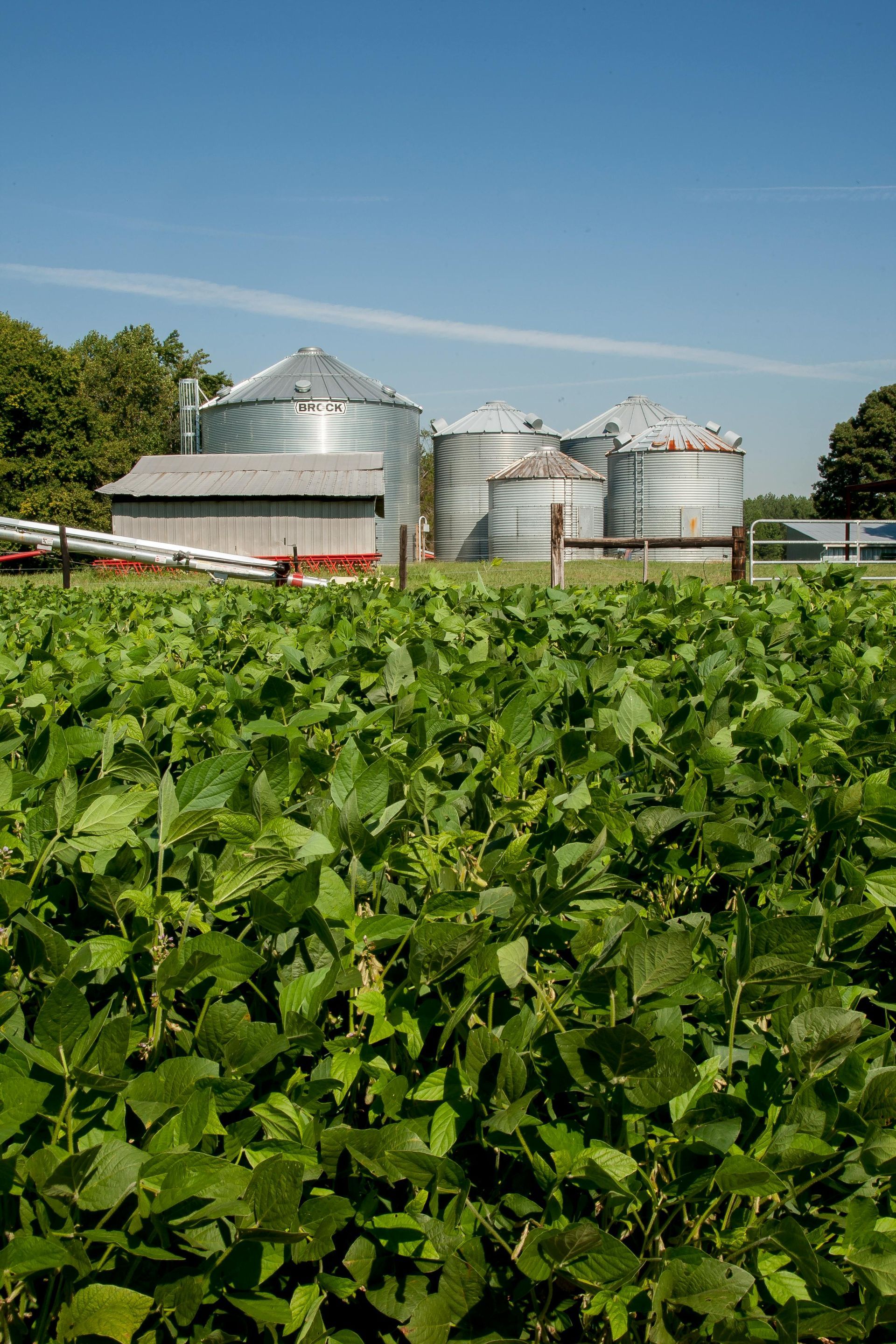by Agronomy
•
4 August 2025
Your corn herbicide might work now, but can you guarantee for how long? HPPD inhibitor herbicides are common and effective tools for weed control, having been in the market for nearly 40 years, but continued use is causing resistance. The future of HPPD inhibitors for weed control is uncertain unless growers implement changes to limit the spread of its resistance. Learn more about preventing HPPD resistance with Verdict® herbicide. Signs of HPPD Resistance Are you experiencing HPPD resistance already? The evolution of resistant weeds is slowly but steadily growing. Some signs of HPPD resistance include: Struggling to get total control, even with normal or increased herbicide application rates. Finding new weed escapes you’ve never dealt with before. Using additional post-emergent applications or rescue treatments to gain control. Methods of HPPD Resistance Prevention Target-site resistance is one way weeds develop herbicide resistance, according to the Ohio Country Journal . A more complicated way is non-target site resistance, which poses more complex challenges for growers and scientists to manage. Current approaches to weed control, such as rotating modes of action or tank-mixing multiple modes of action, on their own are not enough. While cultural and mechanical measures aid resistance prevention and help protect the long-term viability of HPPD inhibitor technology, incorporating a non-HPPD solution, such as Verdict herbicide, is also effective. Verdict® Herbicide for HPPD Resistance Prevention Verdict® Herbicide from BASF is a corn pre-emergent herbicide that helps break the cycle of resistance. Verdict, powered by Kixor® herbicide, helps control weeds without HPPD. It has proven effectiveness with up to eight weeks of board spectrum residual control, multiple sites of action to stop weeds from establishing, and residual effects to keep them away. By 2025, BASF will be the only company with a complete non-HPPD acre offering, including pre- and post-emerge solutions. See how a BASF non-HPPD corn herbicide program that includes Verdict herbicide makes sense for your farm with the Grow Smart Advantage tool, or connect with your local BASF representative for product advice and consultation.



